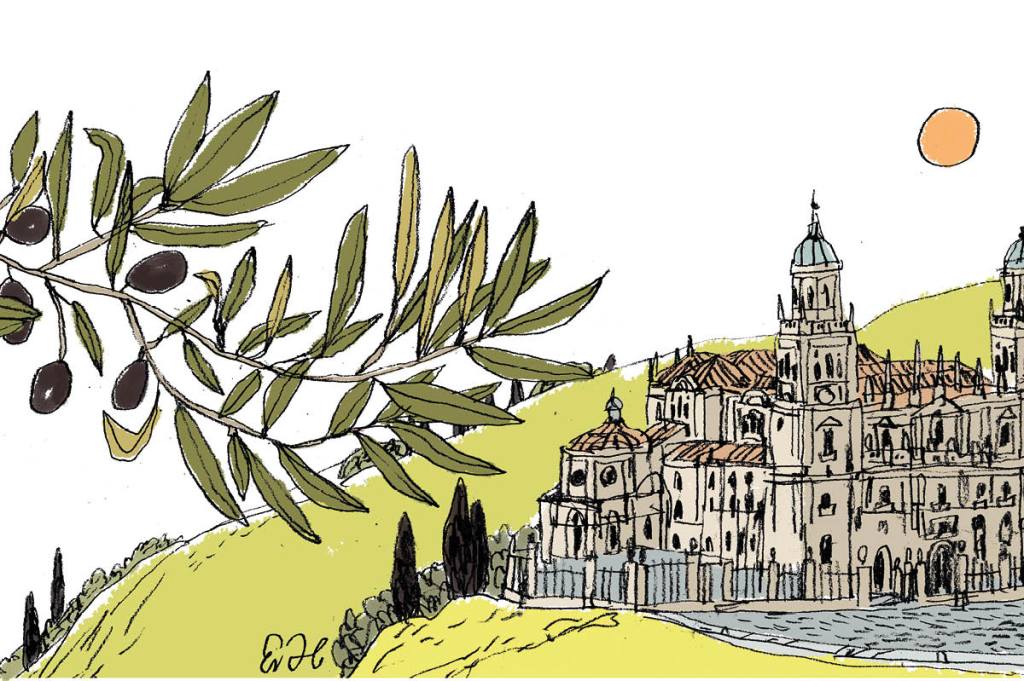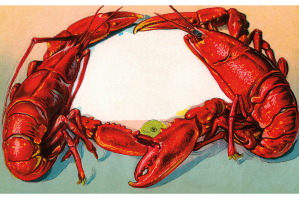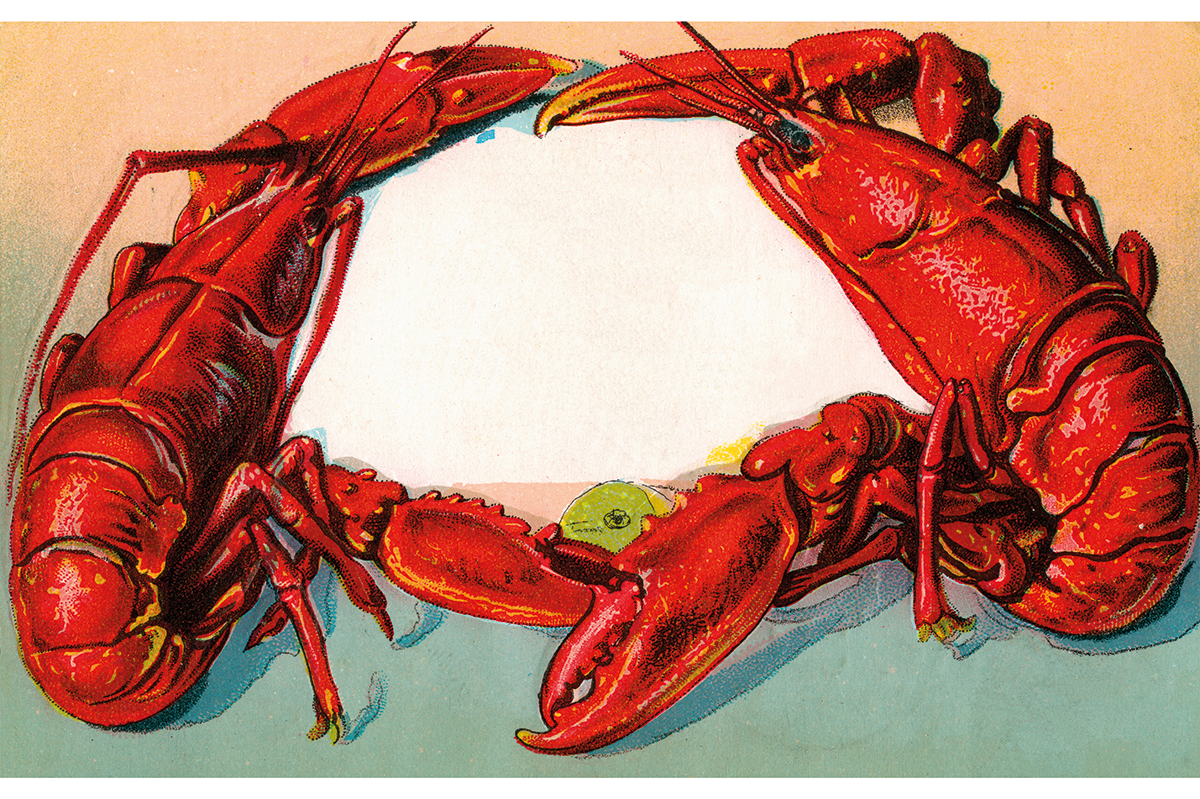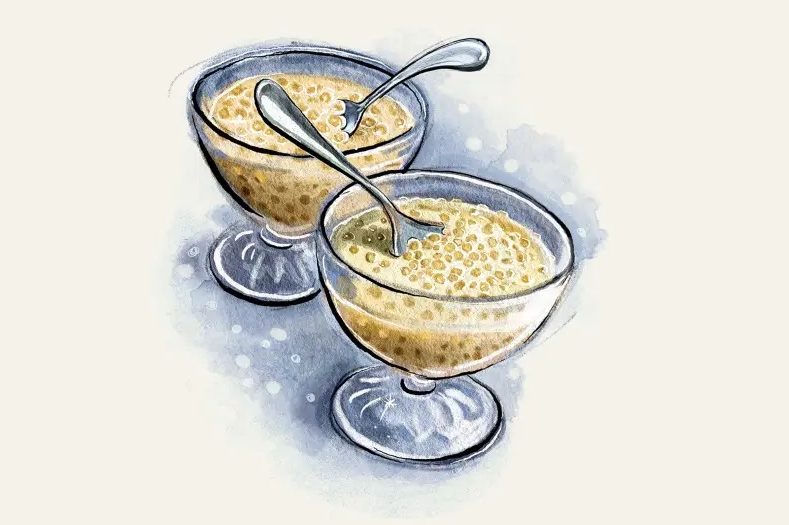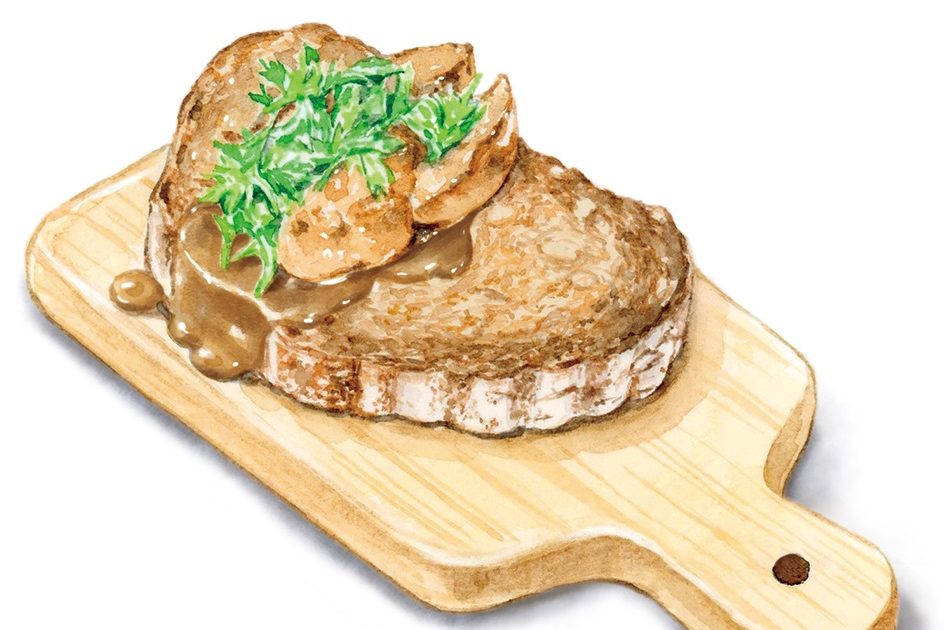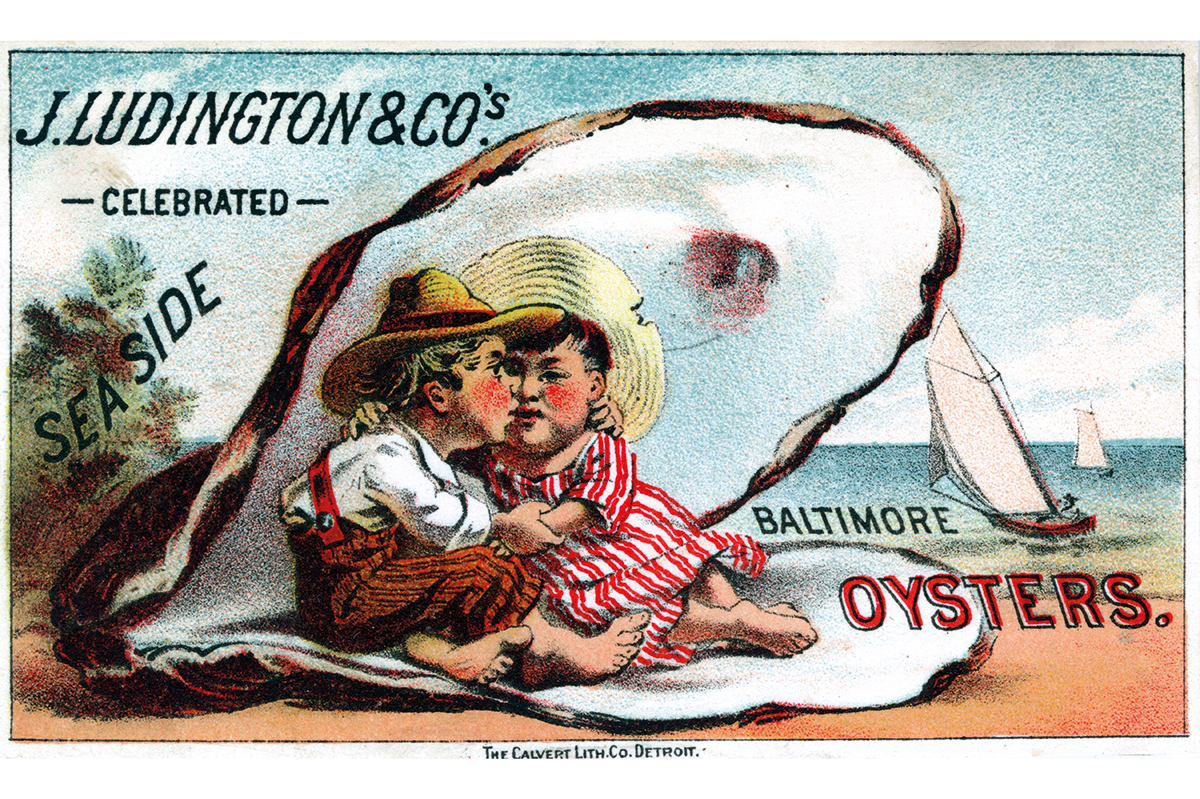It was an extraordinary sight. For three days, and about seventy kilometers of hiking, there were just endless olive trees covering the fields, hills and mountains stretching to the horizon of the small Spanish province of Jaén. Tucked away in the southern region of Andalusia, this is the country’s powerhouse of olive-oil production.
Many people assume Italy or Greece are the largest producers of olive oil. That’s a result of good branding and name recognition, a Jaén-based olive grower told me. After he pulled up alongside me in his dusty car, we walked through the endless olive groves as I was given a tutorial on olive oil production.
Spain is the world’s top producer of olive oil. And most of its olives come from Jaén, which has nearly one and a half million acres of olive groves and more than 66 million trees. At about 5,200 square miles, Jaén is smaller than Connecticut, yet it produces 20 percent of the world’s olive oil. My tutor claims the figure is closer to 40 percent. Even at the lower end of the range, that’s more than the whole of Italy produces, while much of what Italy exports is actually Spanish in origin. Jaén calls itself the “World Capital of Olive Oil” — and is entirely justified in doing so.
So unending is the expanse and relentlessness of those olive groves, I might as well have been at sea. The curve of each treetop stands out like the crest of a wave; the rolling landscape is parsed by streams and rivers that nourish the trees, and whitewashed villages and towns nestle amid the green.
It was all fascinating, particularly when it came to learning how olives are harvested. The harvesters use handheld machines that look like leaf blowers with rubber hooks on the end. After the engine is cranked, the hook vibrates violently around the tree’s slim trunk, shaking it into a frenzy. Olives cascade down onto a tarp, while another worker with a leaf blower and a rake clears off debris and creates what looks like shallow pyramids of black marbles.
This was February, and the Andalusian weather was chilly but sunny. All along my route, workers waved out from beneath the olive trees, and I waved back. One worker asked me to take a photo of him proudly clasping his tree shaker.
Olive growing in Jaén dates back 2,000 years. Olives were cultivated first by the Phoenicians and then by the Romans, who transported the produce to Seville, where it was loaded onto boats that sailed along the breadth of the Guadalquivir to the bay of Cádiz. There the boats looped down and around through the strait of Gibraltar toward Rome and around the world.
In addition to olive trees, Jaén also has one of the world’s highest concentrations of castles thanks to its strategic position during the Reconquista, when Catholic monarchs wrestled back control of southern Spain from the Moors. My day’s trek through those endless olive groves typically ended up in a small town built defensively in the lee of a mountain. It would feature a castle atop a hill overlooking the surrounding plains, with a beautiful church alongside it. Directly below would be a patchwork of narrow and often very steep alleyways.
A popular Spanish breakfast is tostada con aceite e tomate — toasted bread with olive oil drizzled all over it and tomato on top. Personally, especially when hiking, I prefer to start the day with a big bowl of porridge. But when in Jaén… Also, there is something rather satisfying when you pick up your bottle of olive oil and recognize that the silhouette of the hilltop town depicted on the label is the same one you traveled through the day before. The oil has come from the very trees you passed.
It gives that sense of terroir that Roger Scruton described so well in I Drink Therefore I Am, his philosopher’s guide to wine: he says wine exposes the drinker to a “distillation of a place, a time and a culture.” As with grapes on the vine, olives are similarly steeped in “poetry, history, the calendar of saints, the suffering of martyrs” that has accompanied centuries of horticulture in the surrounding soil. There’s something rather liberating about olive oil, the way you abandon restraint, letting it all flow out from that upturned bottle while knowing the contents will do you good.
Homer called olive oil “liquid gold,” while Hippocrates, traditionally regarded as the father of medicine, referred to it as “the great healer.” The health benefits of olive oil mostly come from its monounsaturated fats and plucky polyphenols that serve as antioxidants. Although not all olive oil is created equal: you should be looking for extra virgin, far better for your health, which is made solely by mechanical methods, without the use of heat or powerful petrochemical solvents.
In fact, according to a 2020 study published in the Journal of the American College of Cardiology, consuming just one and a half teaspoons of good-quality olive oil daily could lower the risk of developing heart disease — still the leading cause of death globally — by 14 percent. Perhaps I should start adding a dash of olive oil to my morning porridge back home, far from the endless olive groves of Jaén.
This article was originally published in The Spectator’s July 2023 World edition.



